How the USSR's Fall Unleashed a Neocon Goldrush to the Heartland
How the USSR's Fall Unleashed a Neocon Goldrush to the Heartland
The dissolution of the USSR kicked off immediate plans to seize the most vaunted corridor in history, one that would rupture the prized World Island.
Many people are aware of the various disparate geopolitical events of the 1990s and their respective imports—from the dissolution of the USSR, to the rise of the American Neocon movement to center stage, which precipitated the imperialist military actions of the end of the 20th to the 21st centuries. But few recognize the essential teleological link binding these events with a direct causality.
When the USSR was brought to a controlled demolition in 1991, it set off a chain reaction that would change world history, and the global geopolitical landscape forever. But to understand these changes we must first start with an understanding of what the USSR represented specifically in terms of the global security framework.
The most important thing is that the USSR represented a balance of powers between global blocs, a multipolarity of sorts, which inherently fostered a deterrence system preventing one bloc or the other from exerting too much influence and bringing too many key geographical areas under one or the other’s control.
This balance played tangibly in a variety of post-WW2 conflicts, where a line was drawn between the two superpowers. Everything from the Korean War, to Vietnam, to the Arab-Israeli conflicts, and even to the Indo-Pakistan conflict of the 70s represented a push-and-pull competition between two sides. In some, one side achieved marginal gains, while the reverse happened in the next conflict. But ultimately, balance was maintained as neither could ‘overwhelm’ the global security architecture in such a way as to completely imbalance and break it.
In the Bangladesh Liberation War, which led to the Indo-Pakistan War of 1971, the Soviet Union supported Bangladesh while the United States supported Pakistan. In the subsequent Indo-Pakistan war, the US supported Pakistan and USSR supported India. Such support typically led to the localization of conflict, allowing local ‘victory’ for one side or the other, but never one that could stand to overrun the entire region.
But with the end of the USSR, this all began to change. With US as sole remaining hegemon, the Neocons who for a long time salivated for their chance at total global hegemony now had an open path before them.
Zbigniew Brzezinski, who served as national security advisor to president Carter, wrote his book The Grand Chessboard, in which he famously described Eurasia as the center of global power. Brzezinski used Mackinder’s ‘Heartland Theory’ as the central foundation of his seminal work.
Considered the founding father of ‘geopolitics’ and ‘geostrategy’, Mackinder wrote The Geographical Pivot of History, where he described Europe, Asia, and Africa together as the ‘World Island’, and at the center of it, the most important region in the world: the Heartland.
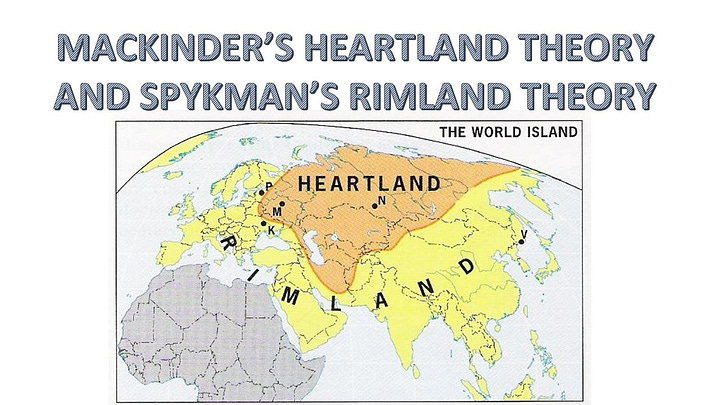

Mackinder went on to summarize his theory as follows:
Who rules East Europe commands the Heartland;
Who rules the Heartland commands the World-Island;
Who rules the World-Island commands the world.— Mackinder, Democratic Ideals and Reality, p. 150
And the logic behind it: “Any power which controlled the World-Island would control well over 50% of the world's resources. The Heartland's size and central position made it the key to controlling the World-Island.”
One must note that, despite the typical cliché of ‘African riches’, Asia can actually be argued to be the most resource rich continent in the world. Africa has of course attracted the most plunder simply owing to the defenselessness of its countries, the ease with which European colonialists were able to seize its resources, thus marking it with the reputation of being ‘the richest’. But in many ways Africa is also barren with lots of desert. As an example, Russia alone not only has the world’s largest forests for timber, but Lake Baikal holds 1/5th of the entire world fresh water supply.
But the basic idea of the World Island has evolved and been adapted by such writers as Russia’s Aleksandr Dugin—colloquially (and erroneously) called ‘Putin’s brain/mysticist’.
In his work, Dugin characterizes Russia as the land power of ‘Eternal Rome’, fighting against the Atlanticist sea powers (UK/US) of ‘Eternal Carthage’.
“The War of the Continents,” in which he described an ongoing geopolitical struggle between the two types of global powers: land powers, or “Eternal Rome,” which are based on the principles of statehood, communality, idealism, and the superiority of the common good, and civilizations of the sea, or “Eternal Carthage,” which are based on individualism, trade, and materialism. In Dugin’s understanding, “Eternal Carthage,” was historically embodied by Athenian democracy and the Dutch and British Empires. Now, it is represented by the United States. “Eternal Rome” is embodied by Russia. For Dugin, the conflict between the two will last until one is destroyed completely — no type of political regime and no amount of trade can stop that.
Whether one buys into the idea of the ‘Heartland’ or not, it’s a useful visual aid in understanding the importance of what Brzezinski called the ‘Eurasian Balkans’. These are the countries in the critical ‘backdoor’ area of Asia which serve as a sort of weak point of vulnerability, and therefore a way into the ‘Heartland’.
In the above map, the wider dashed line represents a ‘zone of instability’, while the arrows point to places of geopolitical pressure, and the stars represent hotspots of conflict.
Just to understand: the ‘southern flank’ of the ‘Heartland’ is shielded by India, a country too powerful to be a weak entry postern by which to enter. The eastern flank is of course guarded by China. But the golden corridor for which the West has salivated since the days of the ‘Great Game’ of the 1800s is the one leading from Iran, to the ‘Stans and then straight into the Heartland.
During the tenure of the USSR, this corridor was off-limits due to the fact that most of these ‘Eurasian Balkans’ were part of the USSR; that is: Kyrgyzstan, Turkmenistan, Uzbekistan, Kazakhstan, and Tajikistan. United, they were formidable, unbreachable.
Iran, of course, was not part of the USSR, and it remained under serious CIA attack, and control. The 1953 coup which overthrew Iran’s government and installed the CIA-backed Pahlavi dynasty is now an openly acknowledged part of history:
The CIA is quoted acknowledging the coup was carried out "under CIA direction" and "as an act of U.S. foreign policy, conceived and approved at the highest levels of government"
Only after the revolution of 1979 did the CIA-backed government get deposed. But the great geopolitical dream of the Atlanticist powers was still off the table due to the rear corridor into the Heartland being united under one powerful and stable authority of the USSR.
Even when the US began attempts to meddle in Afghanistan—which Brzezinski later admitted started much earlier in the 70s than is commonly acknowledged—the USSR stormed in to quickly quash the CIA-backed rebels who were threatening to destabilize the geopolitically key ‘back-door’ country.
Conquest After The Fall
The breakup of the USSR in 1991 unleashed decades of well-laid plans almost instantaneously. As the former guardians of the ‘rear entry’ into the Heartland became independent, and thus weak, vulnerable to suggestion and political meddling, the grand plan to thrust the dagger into the heart of the World Island was quickly put into motion.
The official date for the USSR’s breakup was December 26, 1991. Merely fourteen months afterwards, on February 26, 1993, the first shot of the new era was already being set off—the World Trade Center bombing. The attack was meant to topple the north tower into the south, felling them both in a mass terrorist strike, which the perpetrators envisioned would kill “250,000 people”.
But what most don’t know, is that the attack was meant to be the 9/11 before the actual 9/11. But it failed. Khalid Sheik Mohammed, the mastermind of 9/11 nearly a decade later, confessed afterwards to also masterminding the 1993 attack. His own nephew, Ramzi Yousef, was the principle perpetrator of the 1993 attack, and both were tied to ‘Osama bin Laden’.
In fact, after the failed 1993 attack, Khalid Sheik Mohammed developed another ambitious plan which was a trial run for 9/11, called Operation Bojinka. Its similarity to the later 9/11 attacks is remarkable: among other things, the plan entailed hijacking eleven airliners and crashing a plane into the headquarters of the CIA in Langley, Virginia. At one point he had planned to crash planes into US nuclear power plants, but changed his mind.
Another plot that was considered would have involved the hijacking of more airplanes. The World Trade Center (New York City, New York), The Pentagon (Arlington, Virginia), the United States Capitol (Washington, D.C.), the White House (Washington, D.C.), the Sears Tower (Chicago, Illinois), the U.S. Bank Tower (Los Angeles, California), and the Transamerica Pyramid (San Francisco, California) would have been the likely targets. This plot would eventually be the base plot for the September 11 attacks which involved hijacking commercial airliners, as opposed to small aircraft loaded with explosives, and crashing them into their intended targets.
But the point is clear: the same international, deep-state forces which intended to set off a tidal wave of war which would later lead to the conflagration of the Middle East, had already pushed their plan into motion a mere fourteen months after the dissolution of the USSR for the first time gave them a clear path into that postern gate of the ‘Heartland’.
The Straussians
But who are those shadowy forces which masterminded these plans beneath the veneer of ‘Islamic Terrorism’? To backtrack a little, we must first recognize that a mere two months after the dissolution of the USSR in December 1991, the infamous Wolfowitz Doctrine was born. The doctrine, dated February 1992, openly states its purpose:
The doctrine announces the U.S.'s status as the world's only remaining superpower following the collapse of the Soviet Union at the end of the Cold War and proclaims its main objective to be retaining that status.
Our first objective is to prevent the re-emergence of a new rival, either on the territory of the former Soviet Union or elsewhere, that poses a threat on the order of that posed formerly by the Soviet Union. This is a dominant consideration underlying the new regional defense strategy and requires that we endeavor to prevent any hostile power from dominating a region whose resources would, under consolidated control, be sufficient to generate global power.
Wolfowitz was a Neocon founding member of what is in many circles called the ‘Straussians’, a small, secretive group of Neocons, which are a government within a government (i.e. deepstate) among themselves, and who were embedded in the highest posts of various administrations over the course of decades. They began as students of Chicago University’s Leo Strauss, who taught them the ‘noble lie’, amongst other things, in secret ‘oral lectures’ which were not recorded.
And such notions are not just the fancies of obscure rants by Thierry Meyssan of Voltaire Network, but rather the product of real scholarship which has long established the link. Shadia B. Drury’s 1999 book Leo Strauss and the American Right, for instance, traces Leo Strauss’s major influence on historian Gertrude Himmelfarb and her husband Irving Kristol, known as the founder of Neoconservatism. Irving Kristol’s son, of course, is William Kristol, founder of the Project for the New American Century of which we’ll talk about below.
Strauss was accused of advocating forms of fascism and authoritarianism:
Drury argues that Strauss teaches that "perpetual deception of the citizens by those in power is critical because they need to be led, and they need strong rulers to tell them what's good for them". Nicholas Xenos similarly argues that Strauss was "an anti-democrat in a fundamental sense, a true reactionary". Xenos says: "Strauss was somebody who wanted to go back to a previous, pre-liberal, pre-bourgeois era of blood and guts, of imperial domination, of authoritarian rule, of pure fascism."
The chief characteristic of this group of ‘Straussians’ was the tight cohesiveness, some of them having inter-married (Nuland and PNAC co-founder Kagan, just as Irving Kristol and Himmelfarb had years earlier), and formed a sort of close knit generational family unit within the government in positions not limited by terms, which has allowed them to stay in power behind the scenes for decades. These people include Elliot Abrams, Richard Perle, Robert Kagan, his wife Victoria Nuland, Paul Wolfowitz, the aforementioned William Kristol, etc. This is the best article on a good, succinct summary of their history.
Using Brzezinsky’s Grand Chessboard as a model, this Neocon claque formed think-tanks in the 90s, the most famous and influential of which was PNAC (Project for the New American Century), which in essence reworded the manifest destiny expressed in the ‘Wolfowitz Doctrine’ on a grander scale, calling for a surge in American military spending and aggressiveness in order to preserve and ensure American global dominance in the coming twenty-first century.
And since almost every leading figure of this coterie was Jewish, with a vested interest in Israeli supremacy in the Middle East, one can see the double-pointed elegance of the plan. On one hand, it stood to unleash a new wave of American expansion in the Middle East which serves Israel’s interests in clearing out its sworn enemies, and on the other it ensures an American bridgehead into the heart of the ‘Heartland’, to serve as a final wedge that could crack open the Eurasian continent once and for all.
This isn’t conspiracy theory, by the way: Paul Wolfowitz was investigated by the FBI in 1978 for ‘providing intelligence to the Israeli government’ and several of the PNAC founders, Wolfowitz and Richard Perle included, directly worked with Benjamin Netanyahu in writing policy documents for Israel, such as A Clean Break: A New Strategy for Securing the Realm, which further pushed for Zionist expansion, aggressively destabilizing Israel’s enemies, and eliminating Saddam Hussein from Iraqi power.
“While there are those who will counsel continuity, Israel has the opportunity to make a clean break; it can forge a peace process and strategy based on an entirely new intellectual foundation, one that restores strategic initiative and provides the nation the room to engage every possible energy on rebuilding Zionism, the starting point of which must be economic reform.”
In many ways, the USSR had foiled Israeli zionist expansion for a long time. During the 60s and 70s, the USSR was the chief supporter of the Arab world during their many conflicts with Israel. From the Six Day War in 1967, to the subsequent War of Attrition, the Yom Kippur War of 1973, Lebanon War of 1982, the USSR each time fought against Israel. Sometimes even directly, like in Operation Rimon 20 during the War of Attrition, where Soviet pilots engaged the Israeli airforce on the side of Egypt; and during the Lebanon War of 1982, where USSR sent over 2,000 air defense troops to help Syria repel Israeli aggression. Thus the dissolution of the USSR left Israel a lot to gain in its immediate vicinity, as there was no longer a ‘big brother’ to protect their Arab enemies.
Plug And Feather
So it can be seen how the interests of both US and Israel greatly converged and aligned in the Middle East precisely after the fall of the USSR. It is no surprise then, that this group of Neocons immediately launched into their plans to establish a new century of American supremacy, starting with Middle Eastern conquest. Recall Supreme Allied Commander Europe of NATO forces General Wesley Clark’s famous interview about the “seven countries in five years”, where he described being given a memo immediately after 9/11 explaining that the United States military would take out seven (mostly Middle Eastern) countries over the next five years, which would start with Iraq, then proceed to Syria, Lebanon, Libya, Somalia, Sudan, and Iran.
Of course, at the time of the memo, Clarke states the US had already begun their Afghanistan war, making it actually eight countries in total.
But the important thing to note, is how perfectly those countries align with an exact, direct route straight into that ‘backdoor’ of the ‘Heartland’ zone. From Lebanon on the westernmost coast, onto adjacent Syria, then Iraq, Iran, and adjacent Afghanistan, it creates a full-on sanitation corridor for the US imperial control of the famed vulnerable southwestern flank of the ‘World Island’.
Circled in blue above is a point of interest: Xinjiang province of China, which is home to the Uyghurs, where US continues to exert maximum propaganda pressure to destabilize the region—a sort of ‘picking of the lock’ to China’s rear postern gate, in its most vulnerable region—China’s own Chechen Republic.
And what most aren’t aware of, is a little known fact revealed by Trump, which is that the true significance of Afghanistan, and US Bagram airbase in particular, was its proximity to strategic Chinese facilities:
“We would have kept Bagram because it is next to China. And it is one hour away from their nuclear facility, and we gave that up too,” Trump said. “And now China’s going to take over at Bagram, in my opinion."
One look at the map above makes it clear to see that that long spit of land in the northeastern section of Afghanistan sits snuggly against the Chinese border, precisely in the Xinxiang province, into which US smuggles in its engineered unrest and destabilization to create a ‘back door’ Trojan horse against China.
At the micro-scale, of course, it’s a strategy the US has used against Russia soon after the USSR’s dissolution as well. The CIA quickly imported terrorism and insurgency into the Chechen Republic, stoking separatist sentiments in order to weaken Russia’s own southern point of vulnerability at the local scale.
The simplest way to illustrate this strategy is by comparing it to how the ancients used to split large stone in quarries with the plug and feather method.
You find the weakest crack or fault in the stone, wedge a metal plug or spike into it to widen the weak spot by way of pressure, and voila, the large, seemingly indestructible stone is broken in half.
Plans Awry
It is clear that as soon as the USSR dissolved, the generational, unelected Neocons embedded deep within the folds of US’s political structure immediately swung into action with plans to capitalize on the now ‘open goal’ of the Heartland left tantalizingly dangling in front of them.
From the 1993 bombings, the secret government-within-a-government had already planned to kick off the new age of imperialism that would later sweep through the Middle East. In fact, by 1998, three years prior to 9/11, Wolfowitz and the PNAC brat pack were already calling on Clinton to invade Iraq—but instead they only managed Operation Desert Fox at the time, a fierce four-day bombing campaign which slaughtered upwards of 1000+ Iraqis.
But in the meantime, their fundamentalist operatives, long tied to the deep state clan by way of innumerable family (not dissimilar to how CIA Afghan station chief Graham Fuller’s daughter was married to the uncle of the Tsarnaev brothers who committed the Boston Bombings), business, and financial connections, were well ahead in their plans to irrevocably launch the US into the coming wars, which finally saw fruition on 9/11.
In the interim though, the US deepstate saw fit to first destabilize Russia on a variety of fronts, to make certain that the coming age of imperialist onslaught could not be in any way interfered with by a suddenly resurgent Russian power. This resulted in the ignition of conflagrations like the Chechen conflict and even the Yugoslavia crisis, which aimed to fracture and weaken Russia’s key ally of Serbia in the Balkans. This was followed by the later Georgian War, right at the tail of the Chechen conflict (the ‘insurgency phase’ of which officially lasted until 2009) along the same line of thought; the Western elites needed to constantly keep Russia weakened and off-balance from interfering the way the USSR would have.
But despite some early ‘successes’, history will remember the main arc of their plan as an unmitigated failure. They conquered Iraq and Afghanistan, only to now be ignominiously booted from one, and in the process of eviction from the other. Their Syrian adventure failed, when a resurgent Russia came to the aid of its longtime ally, forcing the US into a humiliating and resentful ‘consolation prize’ of squatting on some oil fields in the barren wastes of Deir Ezzor province.
And what was meant to be the crowning achievement of the entire grand scheme, the key linchpin which would have secured the golden yellow brick road of the elite think-tankers straight into the open chest cavity of the ‘Heartland’ itself—namely, Iran—has resulted in what? Iran is now more powerful, more influential than ever, unquestionably ascendant. Particularly in light of the most recent developments of Iran-Saudi rapprochement that have seen an unprecedented invitation extended for Iranian president Raisi to visit Riyadh.
The ‘Eurasian Balkans’ do remain a sore spot. The Western deepstate still has its fangs deep in Kazakhstan, foments a hotbed of destabilization in Kyrgyzstan and Tajikistan—which just last year saw the eruption of major hostilities with nearly a hundred killed on each side—as well as in Azerbaijan and Armenia.
But in many ways these are the angsty death throes of a vengeful foe, thrashing about, unable to come to terms with its defeat. With the coming era of rapprochements between the various Middle Powers of the region, we will likely see ever tightening cooperation and a focus on economic stability, particularly led by China’s various OBOR/Silk Road initiatives.
The End Of History…To A New Beginning
There is a sense that, after two decades of America’s violent attempts at gatecrashing the Heartland’s vulnerable rear entrance, the region’s power players have begun to tire of the endless conflict, and, in a time of a global economic downturn, realize that only cooperation, compromise, and reconciliation with each other will give them any chance of seeing true prosperity ever again.
One of the earliest and staunchest proponents of the Neocon movement, Francis Fukuyama later recanted his beliefs in light of realizations surrounding the consequences of US’s monumental failure, and the types of disasters it engendered worldwide. As a key contributor to the ‘Reagan Doctrine’ in the 80s, which saw a bold focus on interventions worldwide, and on arming insurgents to combat the USSR in Afghanistan, Fukuyama was later among the founding signatories of the Project for the New American Century, as well as a leading member of RAND corporation. A dyed-in-the-wool and rabid Neocon, he even penned the absurdly exulting ‘The End of History’ book, which unironically declared that the fall of the USSR meant that all of history had come to an ideological end—from which point onward, the Western ‘liberal democratic’ system would in essence usher in a golden age as the final form of government for humanity.
By the mid-2000s, though, Fukuyama’s outlook was curdling. He was no longer returning his previously close friend Wolfowitz’s calls, and penned a NYTimes piece which likened Neoconservatism to Leninism:
In a 2006 essay in The New York Times Magazine strongly critical of the invasion (of Iraq), he identified neoconservatism with Leninism. He wrote that neoconservatives "believed that history can be pushed along with the right application of power and will. Leninism was a tragedy in its Bolshevik version, and it has returned as farce when practiced by the United States. Neoconservatism, as both a political symbol and a body of thought, has evolved into something I can no longer support."
Even the man who once haughtily proclaimed history as having come to an end following the US’s ‘ideological victory’ over its USSR rival, was now condemned to bear witness to the calamitous valediction to three decades’ worth of disastrous attempts to pierce the portcullis of the ‘World Island’.
Maybe Fukuyama was ultimately more right than he knows, and the first gasps of a certain end had infact been ushered in. But instead, an end to the ‘democratic liberalism’ and global hegemonic aspirations, for which the misnomered Neocons so perversely lit the world on fire.

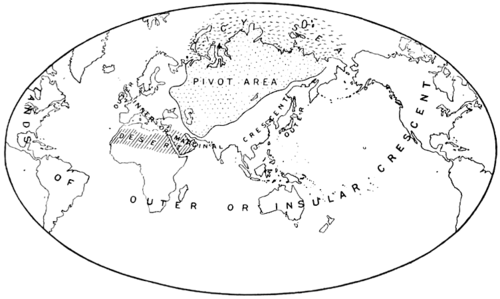
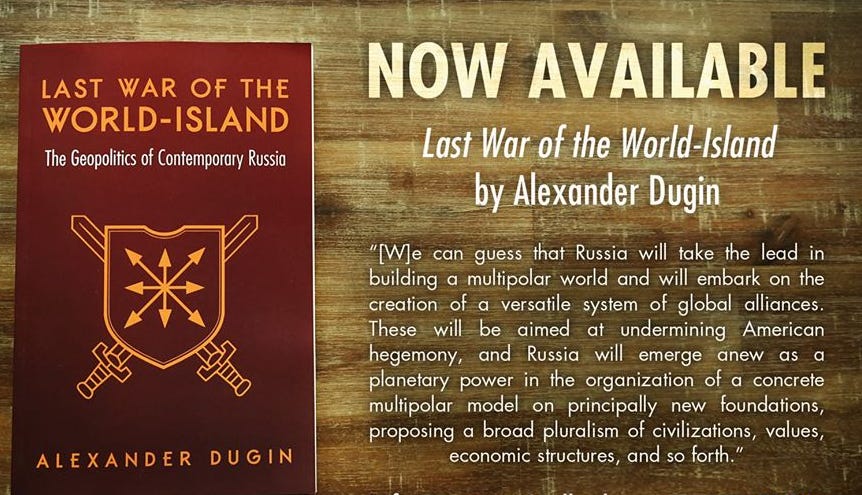

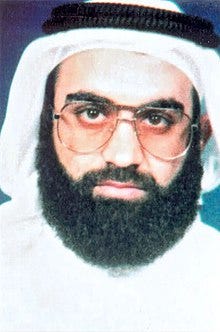

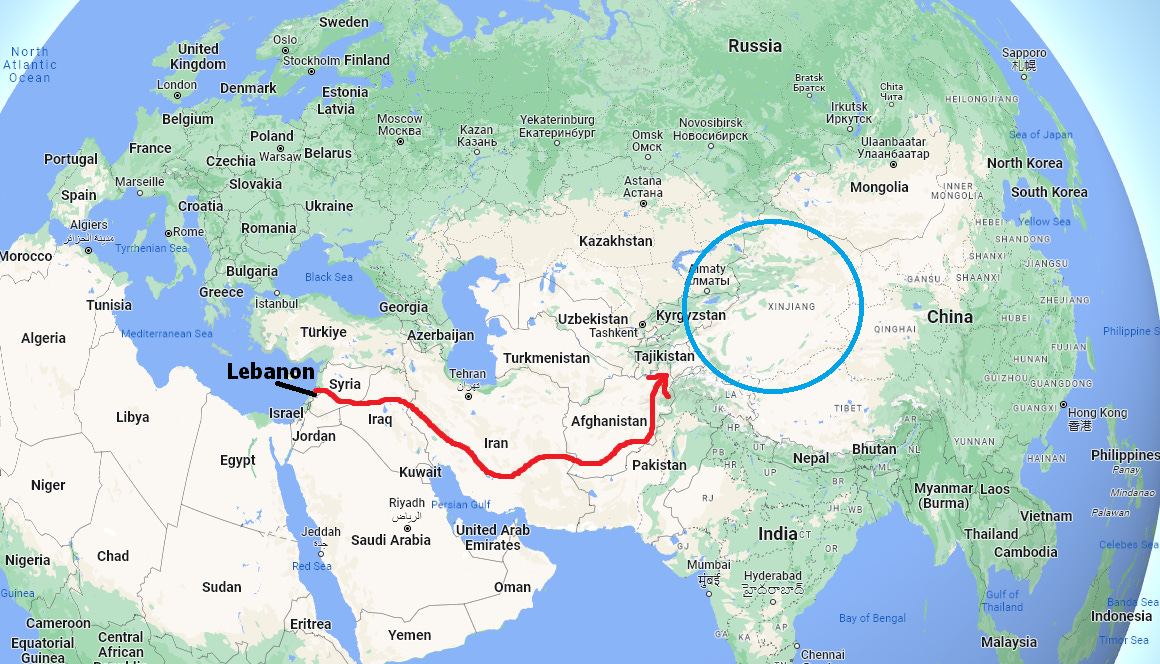

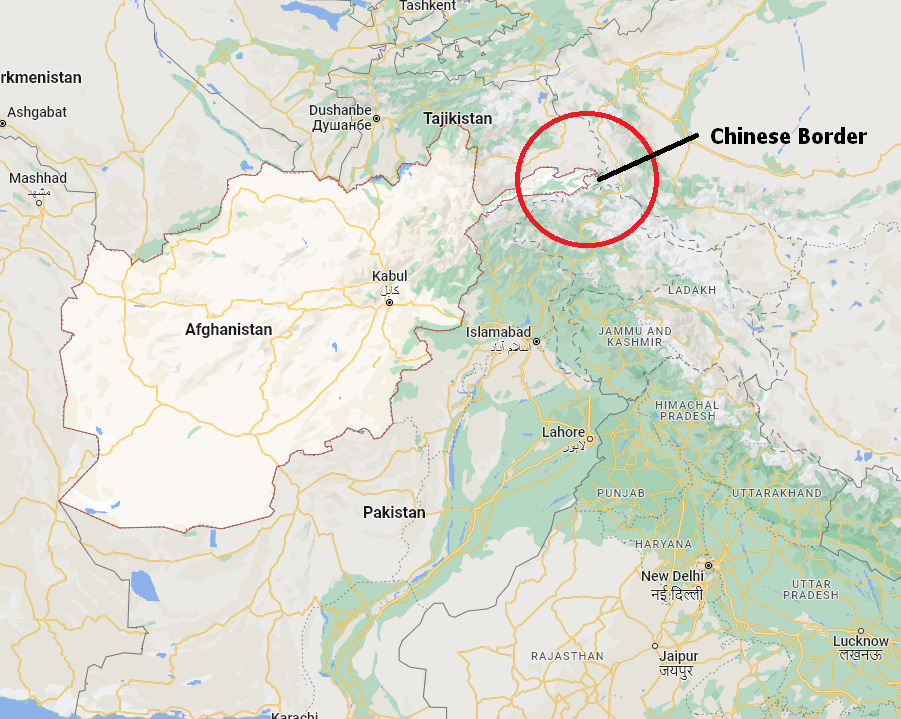

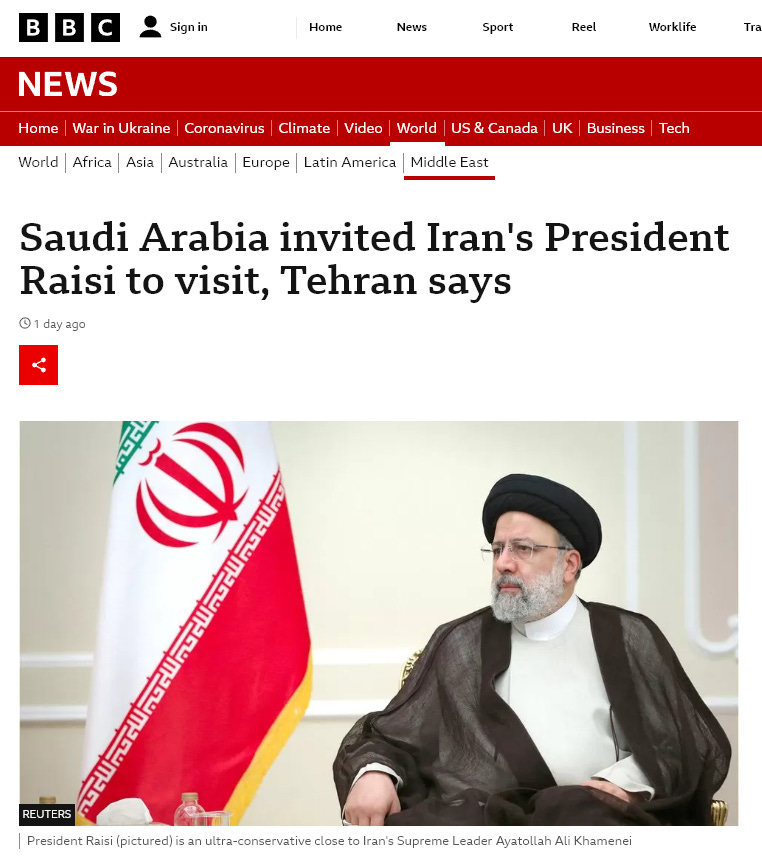
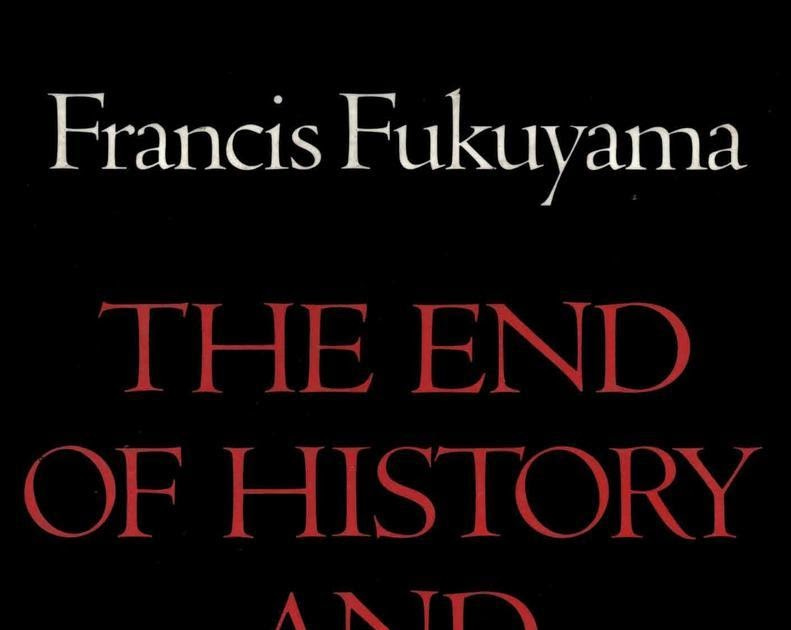
Comments
Post a Comment